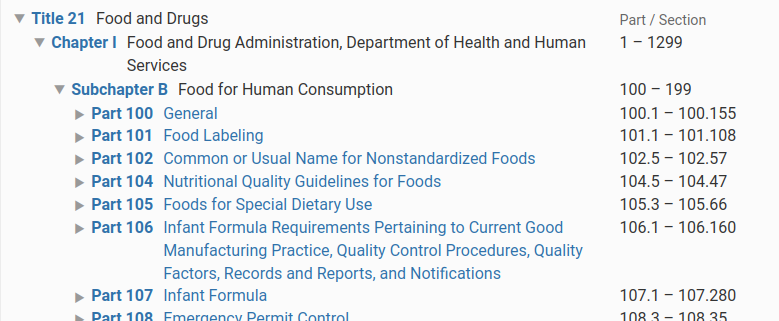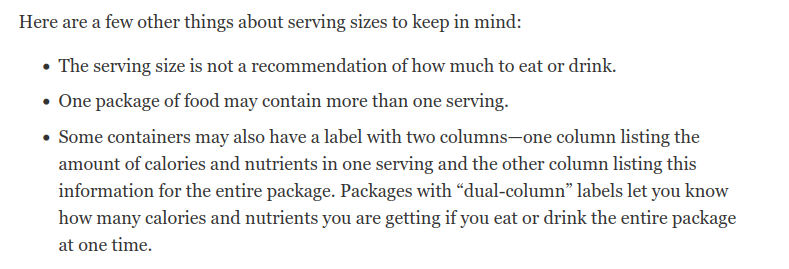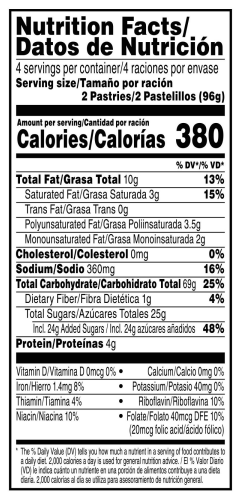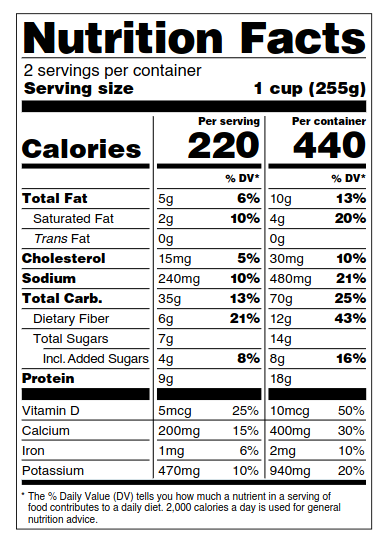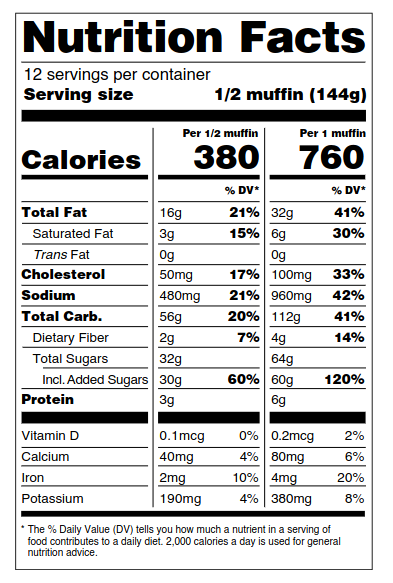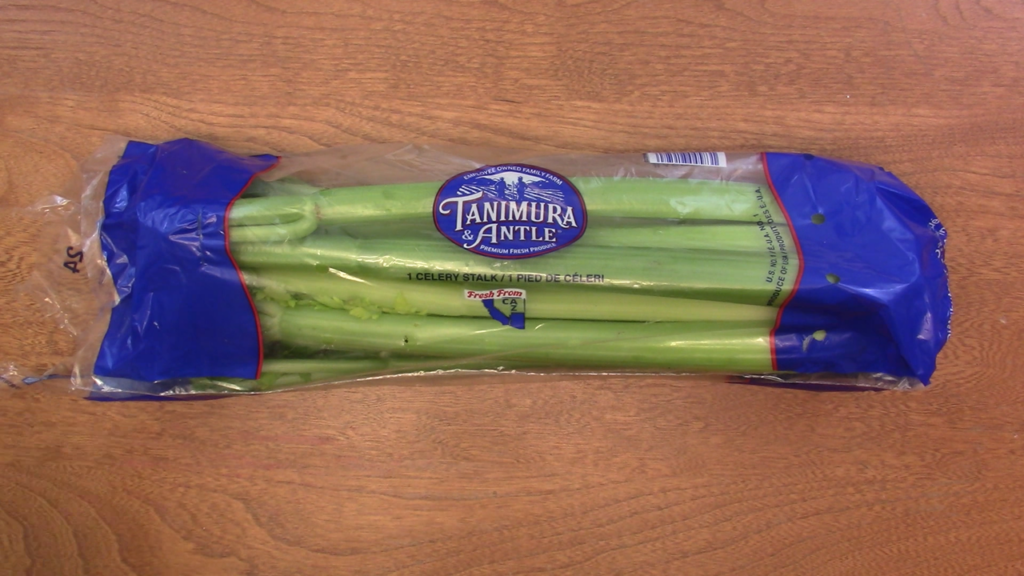I’ve seen a lot of food reviews on YouTube, and one thing that reviewers typically get feisty about is the serving size. Either they think the serving size is too big, or more, typically, they think the serving size is too small. So let’s figure out what a serving size is actually meant to be.
United States Law
In the United States, food labeling (including ingredients and nutrition facts) are regulated by the Food and Drug Administration—the FDA for short. The actual law is contained in the Code of Federal Regulations, Title 21, Chapter 1, Subchapter B, which looks like this:
Part 101 contains the relevant law about serving sizes. Let’s take a look at what it says:
Basically what this means, is that other than baby food, a serving size is what people typically eat or drink, and not what they should eat or drink.
I provide these links because I do encourage you to read the actual law. It’s not difficult to understand (for the most part) and it’s important to at least be aware of its existence, where to find it, and what it actually says in order to be an informed citizen.
What the FDA says
The FDA published a lot of information when nutrition label requirements were updated in 2016, starting with their page “The New Nutrition Facts Label“. They make a point of stating that serving sizes are, again, what people typically consume, not what they should consume. But they also point out this:
The serving size also has another purpose: it provides a basis for the nutritional facts that follow, because those nutrition facts are based on a single serving, although some foods can also contain the nutrition information for the entire container of food, if people typically eat the entire container. As an example, let’s look at some plain, unfrosted, strawberry Pop-Tarts:
The first thing to notice is that the serving size is two pastries. Why two? Because most people eat two pastries in one sitting. Have you ever seen someone eat just one Pop-Tart out of a package and set the other one aside? Me neither.
Notice that the serving size is also given in grams. If the food in question is provided as a discrete unit (such as one pastry, one cup) this may not seem necessary. But sometimes the serving size is not something that is so discrete, such as “one apple”. Not all apples are the same size, so the weight of a typical apple will be provided so that you know how the apple you are eating compares to the nutrition facts on the package.
Examples
Because the new requirements are based on what people actually eat, many of the serving sizes have increased as well. For example, the serving size for soda used to be 8 fluid ounces, and now it is 12 fluid ounces. Likewise, the serving size for ice cream used to be 1/2 cup; now it’s 2/3 cup:
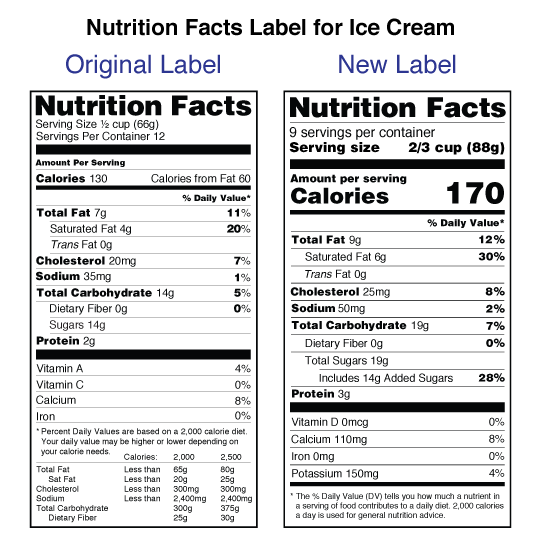 Because of this increase in the serving size, we can see that the calories in a typical serving of ice cream have increased from 130 to 170, and the total fat has gone up from 7 grams to 9 grams.
Because of this increase in the serving size, we can see that the calories in a typical serving of ice cream have increased from 130 to 170, and the total fat has gone up from 7 grams to 9 grams.
Notice that on some foods, such as canned soups or boxed meals, the nutrition label may have information for both a single serving and also the entire container, if some people also typically eat the entire container:
Here’s an example where the serving size is half a muffin, but they also provide nutrition information for the entire muffin.
Finally, if the product is a mix of some sort (such as cake mix or brownie mix) where you add other ingredients before eating it, the serving size is provided both for the raw form (“1/4 cup dry mix” in this case) and the finished form of “per baked container” of which you will get 12 when you are done:
Conclusions
The important thing to remember is that a serving size is not what you are meant to actually eat—it’s based on what people typically eat. If a serving size seems small to you, then it’s because you are eating more than most people typically do, and if it seems large to you, then it’s because you eat less than what people typically do.
What’s key is not that you use the nutrition information for any one food product as a guide, but to look at what you typically eat in a day and make informed choices on a day-to-day, rather than a meal-to-meal or even food item-to-food item basis.
Question? Please drop a comment below.
